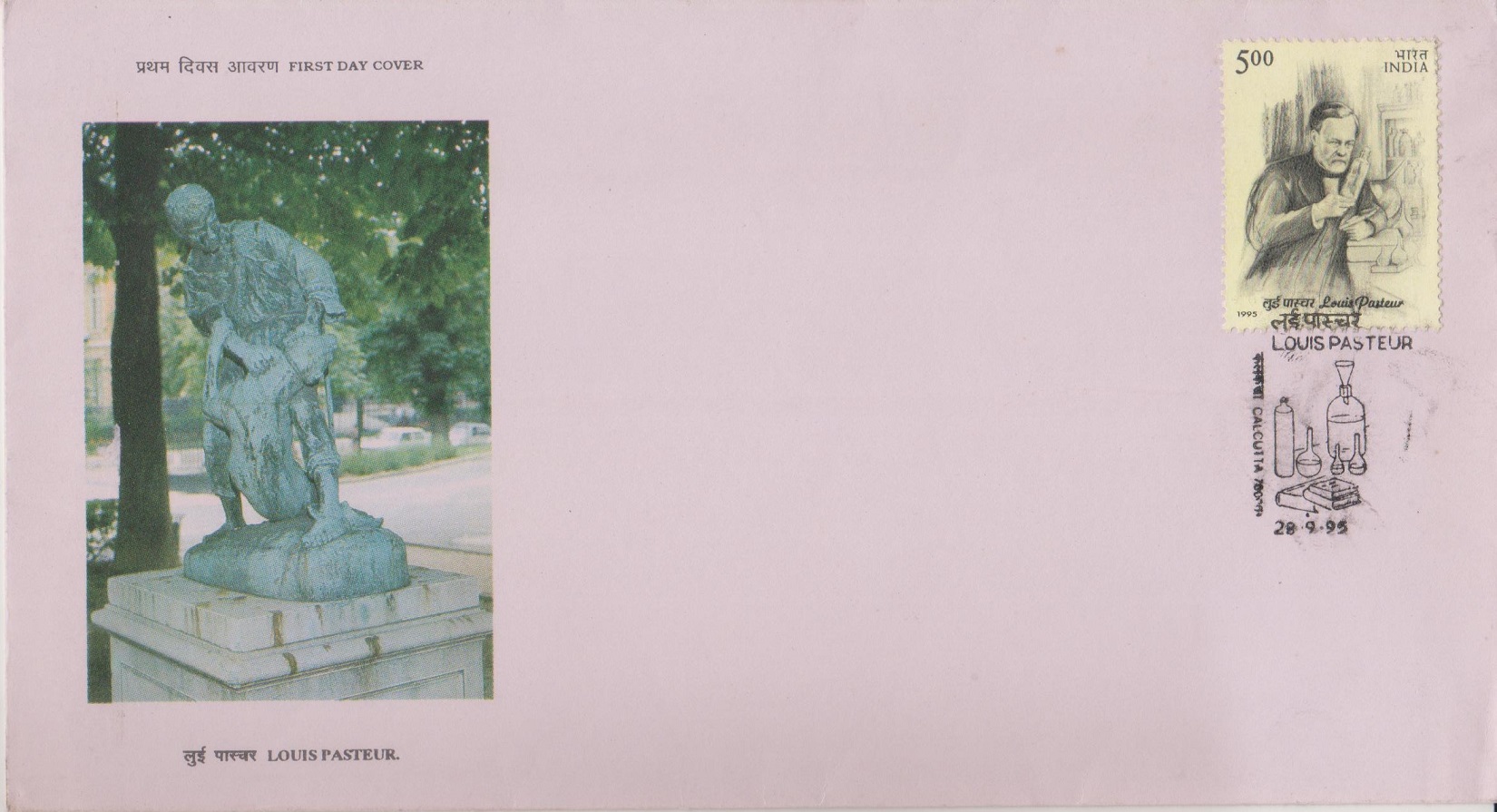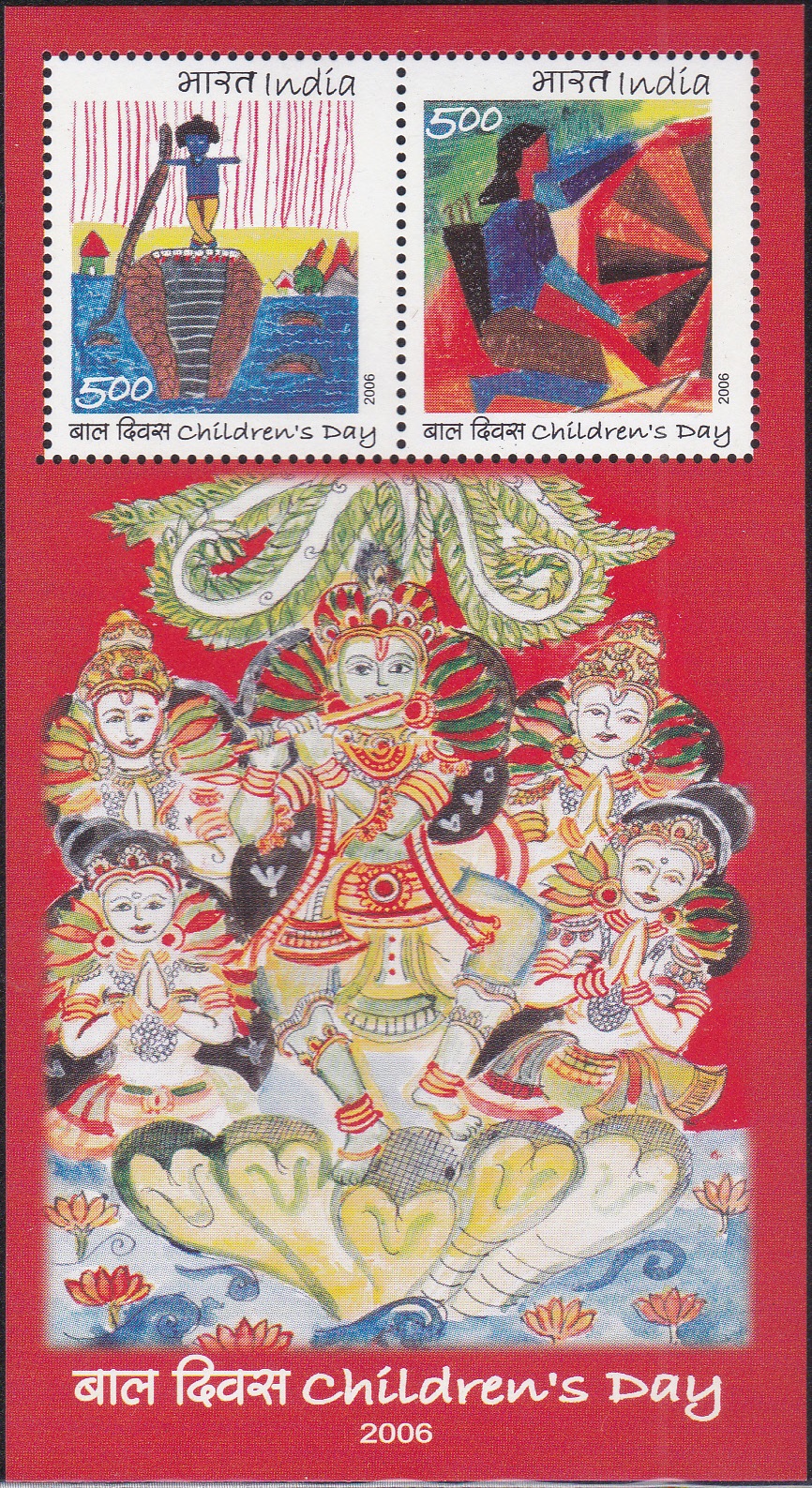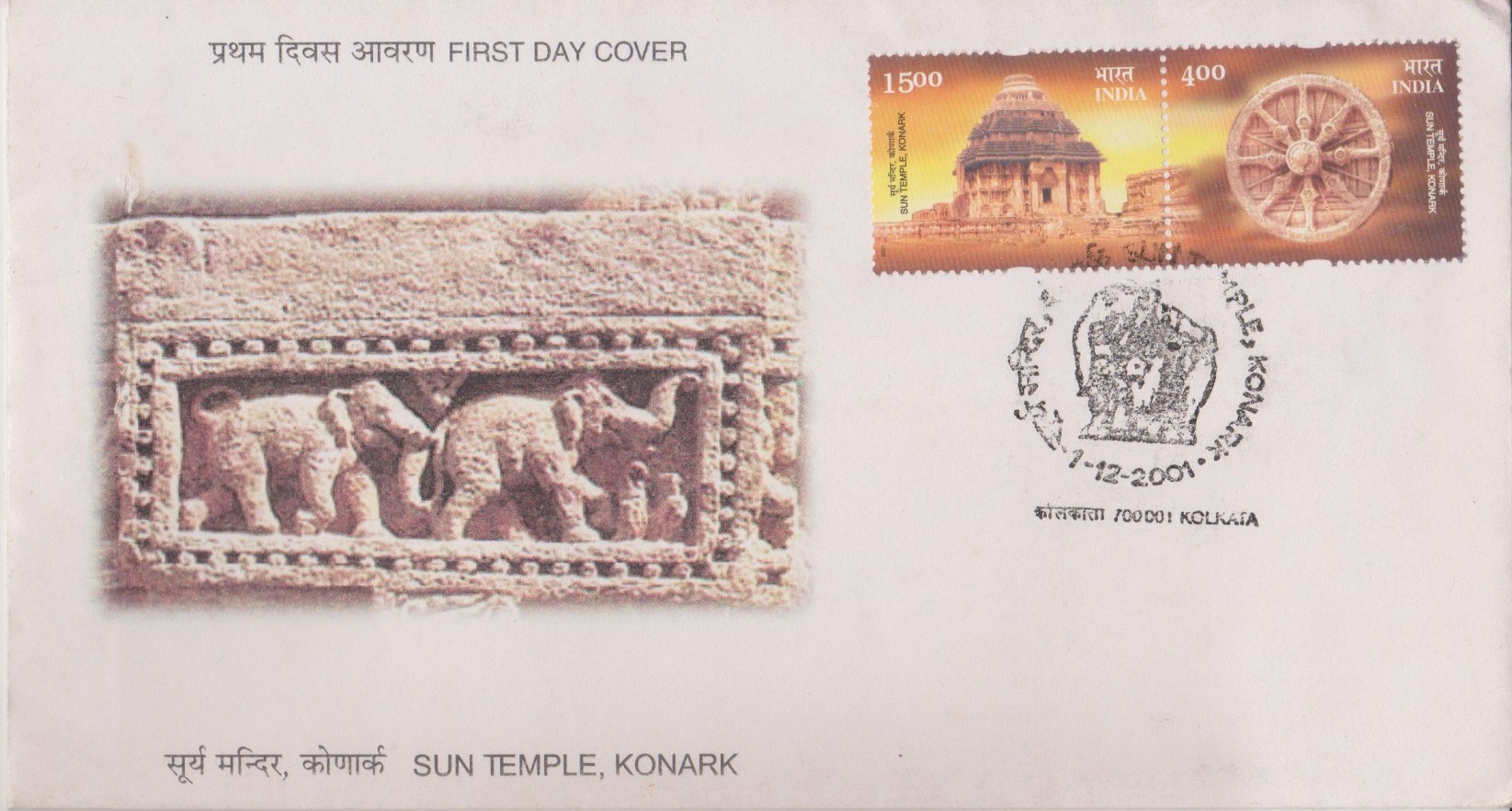
India on Sandalwood
A Souvenir Sheet consisting of 1 no. of commemorative postage stamp on the Indian White Sandal wood (Santalum album) :
Issued on Dec 13, 2006
Issued for : Sandalwood is an integral part of the Indian heritage, which we need to treasure and conserve, and the Department of Posts is proud to issue a perfumed commemorative postage stamp on this national treasure. This stamp, with its unmistakable fragrance of Sandalwood, is the first perfumed stamp brought out by India Post.
Credits :
Stamp : Sankha Samanta (Based on the material provided by the ‘Cauvery‘ Karnataka State Arts and Crafts Emporium, New Delhi.
FDC : Sankha Samanta
Cancellation : Alka Sharma
Type : Miniature Sheet, Mint Condition
Colour : Multicolour
Denomination : 1500 paise
Stamps Printed : 3.0 Million
Printing Process : Photogravure
Printer : India Security Press, Nashik
About :
- Prized since time immemorial for its fragrance and medicinal properties, Sandalwood enjoys a very special status in India. An intrinsic part of Hindu religious rituals and social customs, Sandalwood finds mention in Indian classical literature and scriptures dating back to 2000 BC, including the “Ramayana“, the poetry of Kalidasa, as also Buddhist texts which attribute it to the Bodhisatva Amitabha.
- The Sandalwood tree is currently found in India, Sri Lanka, Australia, China, Taiwan, Hawaii, and some other South Pacific islands. In India the tree grows in the southern deciduous forests of the Western Ghats and the Deccan plateau, mainly in the States of Karnataka and Tamil Nadu. Botanically known as “Santalum album“ the Sandalwood tree belongs to the Santalacea family and is a hemi parasite. This means that the roots derive nutrition from neighbouring plants. Sandalwood is also known to be resistant to insects. As the tree grows, the essential oil develops in its roots and heartwood, which is the core of the sandalwood tree, and this can take upto 15 to 20 years. It is interesting to note that the sandalwood tree is not felled. Instead the tree is uprooted in the rainy season, when its roots are rich in the precious oil. It is said that one ton of the heartwood can yield upto 60 Kgs of oil.
- Apart from its oil, the sandalwood tree is also valued for its wood and bark. The powdered bark is an important ingredient in the making of “Agarbattis” or incense sticks, and the wood is used for carving. Skilled artisans work to fashion the wood into caskets and panels, statues and figurines of deities, and into temple doors. Although not commonly used as a construction material, Sandalwood has also been used to build temples and its aroma has lingered on through the centuries.
- Made into a powder or paste, the wood has been used in traditional medicine, along with the oil, to treat a variety of ailments ranging from snakebites, respiratory treat and digestive complications, to skin problems, and also to nourish and beautify the skin. The fragrance of sandalwood is useful in aromatherapy, to relieve stress and depression, alleviate anger and aggression, and to foster calm and tranquility. Above all the oil is prized for its wonderful fragrance. Its warm, sweet, slightly spicy woodnotes, are long-lasting and distinctive, yet mild enough to blend harmoniously with other aromas to create an endless variety of perfumes.
- Little wonder then that sandalwood is a very precious commodity. Commerce in sandalwood dates back to the beginnings of trade in India and Indian sandalwood is now quite rare and expensive. In 1792, the ruler of Mysore (part of present day Karnataka) had declared the sandalwood as a royal tree and, even today, no individual in India may own a sandalwood tree. All sandalwood trees in India are owned by the Government, and their harvest is strictly controlled. Nevertheless, it is a sad fact that the illegal felling and export of sandalwood is not uncommon, and this poses a serious threat to the tree and its habitat.









[…] for changing of the deities. As the deities are made up of Neem tree basically, along with Musk, Sandalwood and many other rare combinations, they undergo change of Vigraha before the adhika ashaadha […]